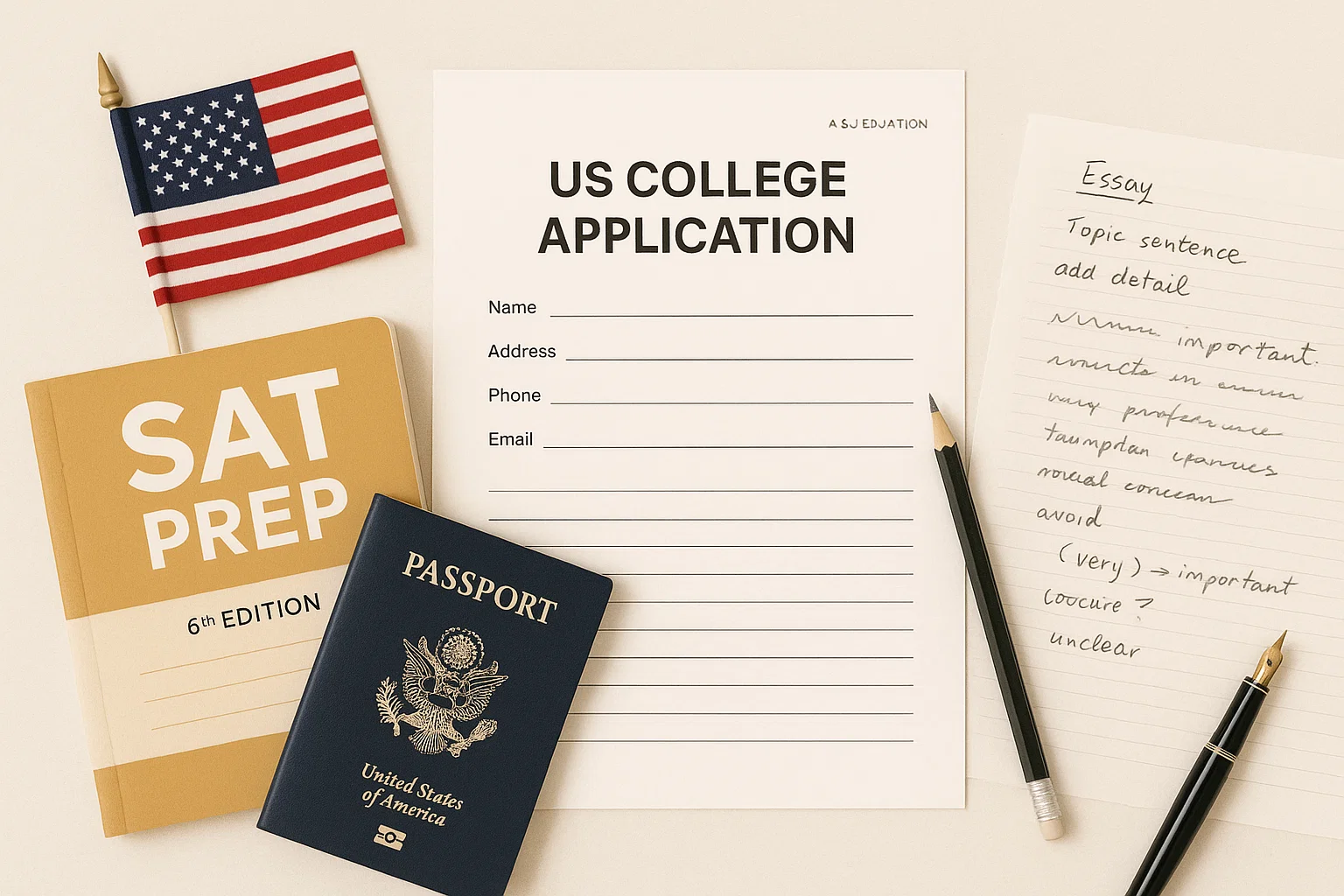
Western vs. Asian Universities
July 25, 2025
Which Path Is Right for You?
As global university rankings expand and international education becomes more accessible, more high school students are asking a once-unlikely question: Should I study in the West or in Asia? While universities in the United States, United Kingdom, and Western Europe have long been top choices for international students, top institutions across Asia—especially in countries like China, Singapore, South Korea, and Japan—are now competing on the global stage.
But choosing where to study for your undergraduate degree is about more than prestige. It’s about fit. Cultural values, teaching styles, campus life, academic expectations, and post-graduation opportunities can all differ significantly between Western and Asian universities. Here’s what you need to know.


Global Reputation: Both Regions Shine
According to the Times Higher Education World University Rankings 2025, Western universities still dominate the top 10: Oxford (UK), MIT, Harvard, Stanford, and Princeton (US) lead the pack. These institutions have long histories, strong research funding, and global alumni networks.
However, Asian universities are rapidly rising. China’s Tsinghua University and Peking University, and the National University of Singapore (NUS), now rank among the top 20 globally. In regions like Western Asia, top schools like Middle East Technical University (Turkey) and Koç University are gaining international attention.
In short: both Western and Asian universities offer world-class education—but they do so differently.

Academic Culture: Depth vs. Discipline
Western Universities: Flexibility and Critical Thinking
Western institutions tend to encourage critical thinking, classroom discussion, and interdisciplinary exploration. In the US, liberal arts colleges and universities allow students to explore different subjects before declaring a major. In the UK, degrees are more specialised but still involve independent study and essay-based assessment.
- Strengths: Debate, creative thinking, independent research.
- Assessment: Essays, projects, presentations, and exams.
- Student voice: Active participation in class is encouraged.
Asian Universities: Rigour and Structure
Many Asian universities maintain a highly structured, exam-driven approach—though this is changing. Classes are often larger, and rote learning may still be common. However, top universities in China, Singapore, South Korea, and Japan are actively reforming curricula to promote innovation, creativity, and real-world skills.
- Strengths: Strong foundations in maths, science, and engineering.
- Assessment: Exams and problem sets dominate, though project work is increasing.
- Student voice: Classroom discussion may be more reserved, especially in more traditional systems.

Student Life: Tradition vs. Global Exposure
Western Universities
Studying in the West often comes with a strong emphasis on campus community and extracurricular involvement. You’ll find student societies for everything from robotics to K-pop dance. Housing is often provided on-campus, especially in the first year, and students are encouraged to explore independence.
Pros: Diverse student bodies, freedom of expression, active student life.
Considerations: Tuition and living costs are typically higher, especially in the US and UK.
Asian Universities
Campus life in Asia varies widely by country. In Singapore or Hong Kong, you’ll find modern campuses, international student services, and a growing focus on global engagement. In Japan, Korea, or China, you may encounter more traditional expectations around attendance, dress, and academic behaviour.
Pros: Affordable tuition, growing global visibility, strong focus on employability.
Considerations: Cultural norms may feel stricter, and English-taught programmes may be limited outside top institutions.

Teaching Style and Curriculum
In the West: There’s more freedom to choose electives, explore interdisciplinary topics, and even switch majors. Professors may encourage open-ended questioning and essays over memorisation.
In Asia: The curriculum may be more fixed, and the workload can be heavier in terms of exams. However, reforms in many countries are reducing reliance on rote learning and encouraging more creativity and student-centred learning.
Language and Instruction
Many Western universities teach in English. In Asia, English-taught programmes are growing, especially in Singapore, Hong Kong, South Korea, and China, but local language proficiency may still be important for internships, social life, or everyday tasks.
If you’re considering Asia, think about whether you’re open to learning or improving a second language like Mandarin, Korean, or Japanese—it can make your experience richer and your CV stronger.
Career Opportunities and Networks
Western universities often have strong alumni networks, career services, and name recognition that help open doors in global industries, especially finance, tech, media, and law.
Asian universities are gaining prestige and offer excellent regional job placement, particularly in engineering, AI, manufacturing, public policy, and international trade. Employers value graduates with cross-cultural experience and local language skills.
Cost and Financial Aid
Western education (especially in the US) can be expensive, but many universities offer need-based or merit-based scholarships for international students.
Asian universities are often more affordable, with government scholarships available in countries like China (CSC), Korea (GKS), and Singapore. Living costs are also generally lower.

Which Should You Choose?
Ask yourself:
- Do I want academic structure or flexibility?
- Am I comfortable being in a culturally different environment?
- Do I want to explore multiple disciplines, or go deep into one?
- Will I be more engaged in class discussions or structured lectures?
- Am I looking for a global career or aiming to work in a specific region?
- Can I adapt to a new language or academic system?
At A&J Education, we help students go beyond rankings to discover the best-fit universities for their goals and personalities—whether that’s in Oxford, New York, Seoul, Singapore, or Tokyo. Both Western and Asian institutions offer outstanding opportunities, but the right path depends on who you are and what you want from your university experience.
We support students in researching options, preparing applications, and crafting personal statements that reflect their individual story—across every continent. If you’re ready to think globally, we’ll help you plan your journey step by step.

HEAD BACK TO STORIES
THIS HAPPENING




















.png)

